A head-up display (HUD) is a really useful safety feature to have in a car because it shows vital information in the driver’s line of sight. So you can see how fast you’re going, for instance, without taking your eyes off the road to look at the instrument cluster. The tech originated in fighter aircraft and is now fitted as standard to many new cars. It’s available as an option on others, as well.
In this guide, we’re going to explain everything you need to know about head-up displays. We’ll cover what information they show, how they work and the advantages and issues of having one in your car.
What does a head-up display show?
At the absolutely minimum, a head-up display shows a speedo readout, so you can see how fast you’re going without looking away from the road. What other information is shown varies across the different car brands, however you’ll generally only see ‘live’ information.
That can include things like a rev counter, satellite navigation instructions, the posted speed limit, fuel or battery charge levels and the current track playing on the stereo. In some cars, the selection of information shown is fixed, but there are more sophisticated systems – like that in the Mercedes-Benz S-Class – that allow you to configure the display to show the information you’re most interested in.
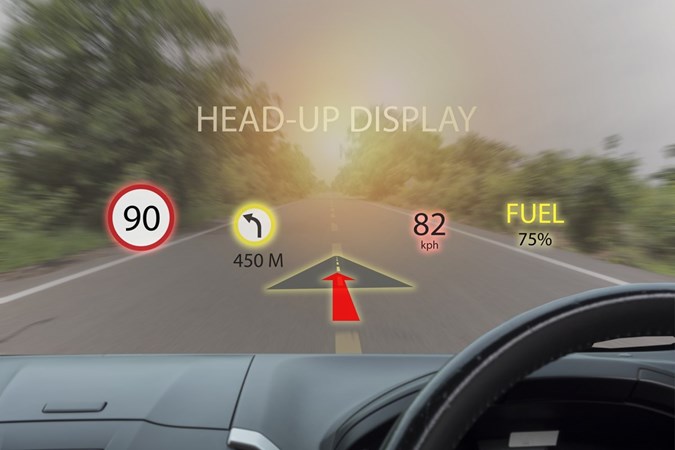
How does a head-up display work?
A head-up display is actually one of the simpler forms of in-car tech – it’s a projector built into the back of the car’s instrument cluster. The image is projected onto the windscreen, or a piece of plastic or glass that rises out of the dashboard.
The HUD will always appear when you turn the car on, however there will be the option to turn it off in the car’s settings menu. You can also adjust the position of the image so that it sits in your line of sight.
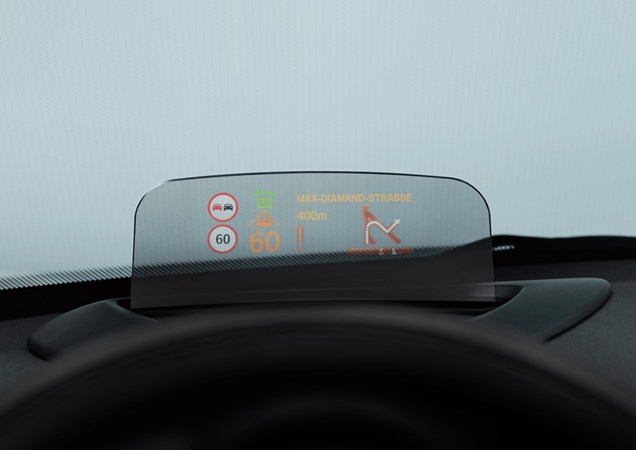
What are the advantages of a head-up display?
Head-up displays are a really effective safety feature. By projecting the most important information right in front of the driver, they don’t have to look away from the road to the instrument cluster or infotainment system screen. That means they’re more likely to see an emergency situation developing ahead and will have more time to react to it.
They’re a rather desirable feature to have, as well, especially in cars where they’re only available as an option. It might not increase the car’s residual value, but a head-up display will make it easier to sell on. They’re just a cool thing to have in a car, as well, adding some gadgety wow-factor to the interior.
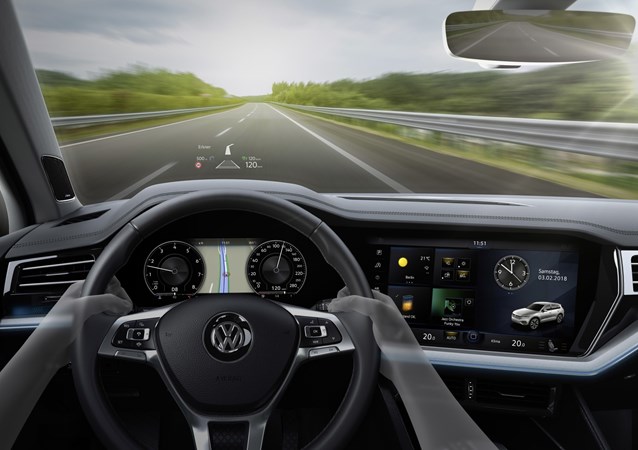
The problem with direct sunlight
You’re driving your car on a lovely sunny day. The sun is front of the car. You look to where the HUD normally is but it’s nowhere to be seen, or maybe just very faint. That’s because the light coming from the display’s projector isn’t strong enough and gets lost in the sunlight. Wearing polarised sunglasses compounds the problem, as well.
Fortunately, you can increase the HUD’s brightness via the settings menu to overcome the sunlight. But that’s still not an ideal solution because it could be blindingly bright the next time you turn the car on. If you set the brightness as high as is comfortable for you while driving at night, the display should be visible in pretty much any light conditions during the day.
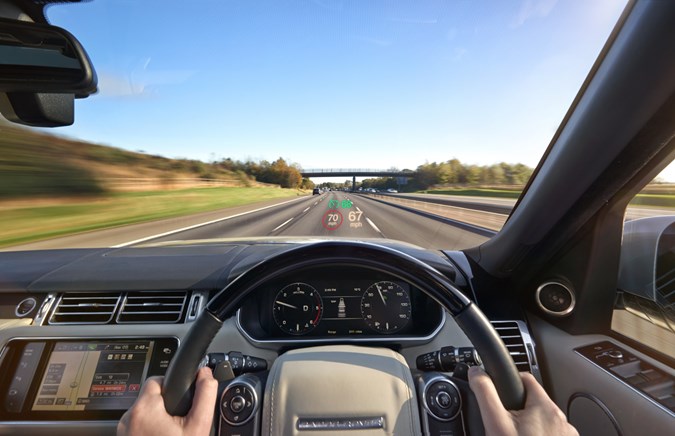
Can you add a head-up display?
Head-up displays are built into a car’s dashboard, so it’s not really possible to fit an original equipment HUD to a car that doesn’t already have one. There are, however, loads of aftermarket HUDs available of one sort or another.
There are digital displays that sit on top of the dashboard and you can get reflectors that turn your phone into a projector for use in conjunction with speedo or satnav apps.
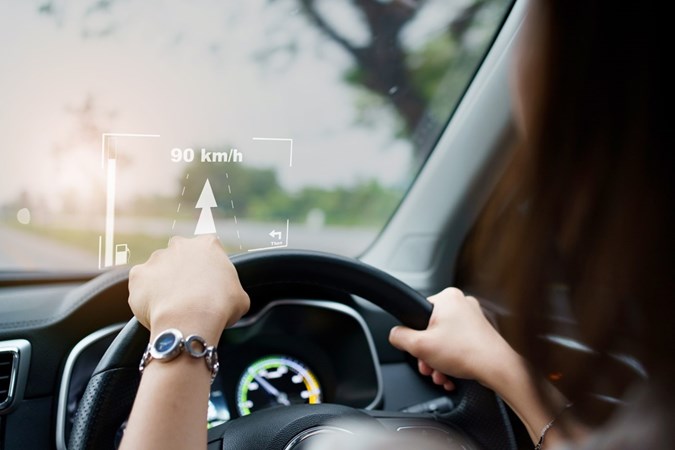
What cars have a head-up display?
You’ll find a head-up display fitted as standard to many premium cars like the Mercedes E-Class and Range Rover. They’re increasingly common in more prosaic cars like the Vauxhall Astra and Mazda 2, as well. You can also find a HUD on the options list of a lot of cars, usually included in a tech package, though ticking that particular box can be quite pricey.
Looking for more jargon-busting motoring meanings? Head over to our Parkers Car Glossary page and take a look at our other definitions
Just so you know, we may receive a commission or other compensation from the links on this website - read why you should trust us.












